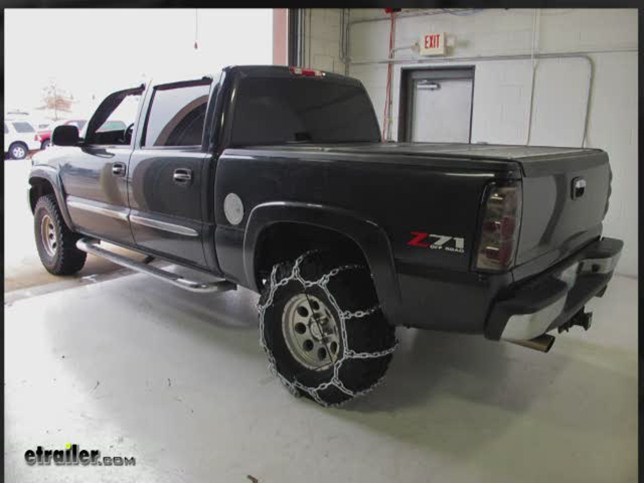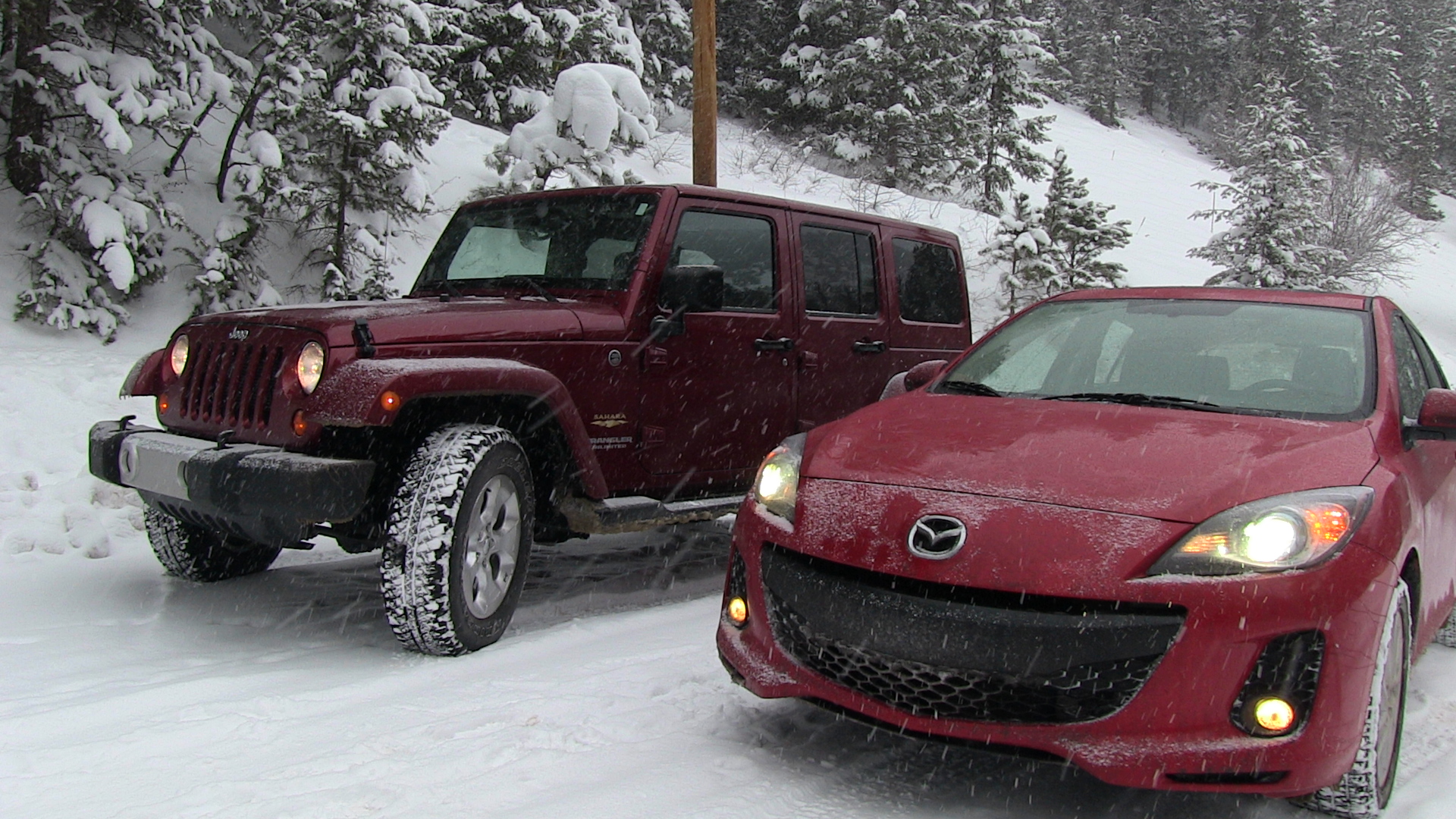Canadians regardless presses to install their winter tires
According to a new survey conducted on behalf of Goodyear, Canadians love their winter tires, but do not press them installed.
Hello,
With winter approaching, I would like to take a few minutes of your time to give you the results of a survey realized Goodyear Canada regarding the relationship between Canadians and their winter tires. Given a lot of prominent way the results of this survey. Canadians love their winter tires, but they are in no hurry to install. Of data on Quebec are also available.
According to a new survey conducted on behalf of Goodyear, Canadians love their winter tires, but do not press them installed
Canadians are overwhelmingly agree that winter tires improve their driving, but there are many who admit delay has them installed
Excessive delay
While most Canadian drivers are cautious and equip their vehicles with winter tires for the cold season, a new poll partnership with Goodyear Canada revealed that the majority of them are too slow to do so. And this collective procrastination persists even though most motorists are aware that winter tires improve traction and adhesion of vehicles in conditions made difficult by the snow and ice.
"It's a bad idea to wait too long before installing winter tires," considers Ian Law, chief instructor of the ILR Car Control School in Mount Albert, Ontario, and expert technical winter driving . "Many people do not realize that when the temperature is around 7 ° C, a true winter tire as Ultra Grip Ice WRT Goodyear nevertheless offers outstanding traction and adhesion. "
Four-twenty to seventeen% of motorists say possess and use winter tires, or 70% of all Canadian motorists say do it for the peace of mind that it gives them when driving. Canadians know that their winter tires should improve the control and maneuverability, as well as startup and braking of the vehicle. Yet, despite the temperature changes, they often do not see the need to equip their vehicles early in the season.
Ultra Grip Ice WRT tires (Winter Reactive Technology) Goodyear, now sold in sizes suitable for cars, trucks and SUVs, offering a unique combination of innovative features that help motorists react to changing road conditions due to the snow, ice and slush on floor dry and Wet. These characteristics are essential to face the winter in Quebec, where the roads are covered with snow in some areas and in others and slush or alternating cold temperatures and more clement weather.
A recent survey suggests that Goodyear if winter road conditions vary from one region to another, motorists everywhere agree they need winter tires.
About performance and confidence
For 70% of Canadians who own winter tires, the rigors of winter are not an obstacle. Eighty-eight per cent of drivers possessing winter tires CONSIDER that they provide them better control and feel they have better traction and braking power more easily on slippery floor.
A legal obligation
In Quebec, where the law requires motorists to equip their vehicles with winter tires between December 15 and March 15, the respondents are convinced of the usefulness of winter tires. If 74% of drivers declare quebecois have bought winter tires because the law requires it, almost all (98%) of motorists agree that installing winter tires on their vehicles improves their conduct.
Men vs. Women - security vs. performance
Women are more likely than men to exercise caution on the roads. Indeed, 78% of women choose to put on their vehicle with winter tires, compared to 62% of men. In contrast, men recognize that the use of winter tires improves their behavior (93%).
Do not wait
The majority of Canadians (58%) wait too long to equip their vehicles with tires for the winter season, often until the first snowfall, the first frost or even to the first loss of control of their vehicle. As a general rule, winter tires are composed of a rubber mixture different from that of all-season tires and summer, allowing them to remain flexible in cold weather. Their increased flexibility conferred to a vehicle maneuverability and outstanding traction, even in the absence of snow and ice.
Some tips winter driving Goodyear:
- Choose the right tires
For traction and adhesion in areas where snowfall are important (or or required by law), it is important to consider the purchase of winter tires. In addition, experts recommend the purchase of four winter tires rather than just two.
- Adjust your driving to the conditions
Although winter tires are a guarantee of better traction, motorists should continue to exercise foresight and prudence in matters of winter driving.
- Have the other vehicle has the eye.
Keep a safe distance between your vehicle and the one ahead. If another vehicle seems to follow you too closely, try to slow down the pass rather than to speed so that the distance between the two vehicles is safe.
- Check the tire pressure
Measure your tire pressure once a month and more often during the winter. Tire pressure drop at the same rate as the temperature.
- Check the condition of the sole of your tires
Examine the wear indicators in the sole molds and situated at various locations at the bottom of the grooves of your tires.
- Prepare your vehicle for winter
Add the adequate amount of antifreeze coolant from the engine. This will protect your vehicle against freezing and corrosion. Check the battery to make sure it is powerful enough to get you started on cold winter days.
The Ultra Grip Ice WRT tires Goodyear are equipped with three-dimensional slices (3D) TredLock exclusive technology, which confer a better and Wet traction in winter conditions, as well as two-dimensional slices (2D) for greater power startup and braking on snow and ice. Tires for lightweight trucks and SUVs are ready to accommodate spikes in option, for increased traction in winter driving.
The range decline in 45 common sizes for cars, minivans, trucks and SUVs. Winter tires Ultra Grip Ice WRT feature pictogram difficult snow conditions (the symbol "mountain snowflake") of the Canadian Association of Rubber and Rubber Manufacturers Association of the United States industry only affixes on the tires that suit certain performance criteria when tested in winter conditions.







